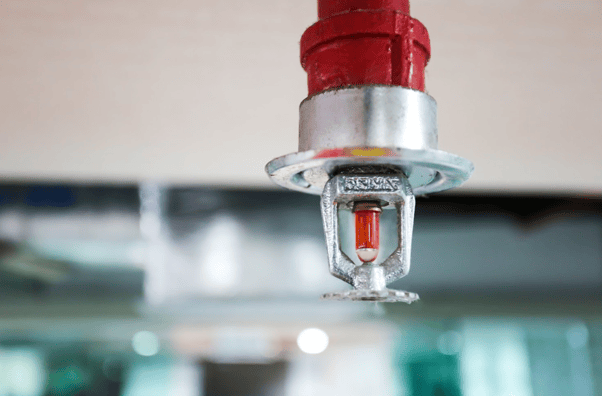 Controlling fires is a complex and evolving science based on a remarkably simple equation. A fire requires fuel, heat and oxygen to begin and, without all three, cannot sustain itself. Exploiting this equation is the key to the wide range of techniques to avoid, suppress and mitigate fires, though each also has consequences for the clean-up operation.
Controlling fires is a complex and evolving science based on a remarkably simple equation. A fire requires fuel, heat and oxygen to begin and, without all three, cannot sustain itself. Exploiting this equation is the key to the wide range of techniques to avoid, suppress and mitigate fires, though each also has consequences for the clean-up operation.
What is Fire Triangle?
The traditional fire triangle defines three elements as necessary for a fire to start and sustain. (As we’ll cover later, some models add a fourth element.) These elements have specific implications in commercial facilities.
Fuel
We usually think of fuel as something we intentionally burn, but for fire triangle purposes it’s any combustible material. Some materials burn more easily than others, including many commonly found in commercial facilities such as chemicals, paper and wood.
Heat
Heat interacts with the fuel source in two ways. In simplified terms, the flash point is the temperature at which the fuel ignites while the fire point (usually a little higher) is the temperature at which the fuel can continually burn. Electrical equipment and machinery can raise heat and contribute to the process, though even a small spark can produce enough heat to start a fire.
Oxygen
The other key to a fire is Oxygen. It reacts with the fuel to release heat and thus sustains the process. The Earth’s atmosphere is 21 percent oxygen, meaning a fire can continue for some time even in an enclosed space before “naturally” dying out.
What About The Fourth Element?
Some models use the term “Fire Tetrahedron” which refers to the fact that fire involves a chemical chain reaction. If this chain reaction stops, a fire cannot sustain even if the other three elements are still technically present.
Using The Fire Triangle
 The fire triangle (or tetrahedron) is the key to fighting fires as it allows a range of techniques, each of which is based on removing at least one element. For example:
The fire triangle (or tetrahedron) is the key to fighting fires as it allows a range of techniques, each of which is based on removing at least one element. For example:
- Water sprinklers aim to reduce heat until it’s below the flash and burn points.
- CO2 extinguishers aim to displace the oxygen closest to the fire. The aim is to starve it of oxygen long enough that it is completely out and cannot restart when the air around the fire returns to normal.
- Foam extinguishers create a barrier between the fuel in the fire and the surrounding oxygen.
- Dry chemical extinguishers use a fine powder to create a similar barrier as foam extinguishers but also interrupt the chemical reaction.
- Fire suppression systems specifically target the “vicious circle” of the fire creating more heat and thus sustaining itself. These systems can work incredibly quickly and avoid the damage and residue caused by other techniques. These include FM-200, a popular fire suppression system in UAE.
Some approaches are about mitigating fire rather than preventing it. For example, waste management and safe storage policies can reduce the available fuel (such as paper or other combustible materials) if a fire breaks out.
Conclusions
Because the fire triangle allows so many different fire suppression techniques, each has its own comparative advantages in different scenarios. Experts can advise on which is most suitable for a particular facility, taking into account fire risks, budgets, clean-up requirements, safety concerns and many other factors.
To find out more about how Imdaad and Vision Safety use this knowledge to protect your business and promote fire safety in Dubai, contact us today.

